THE BRITISH ISLES

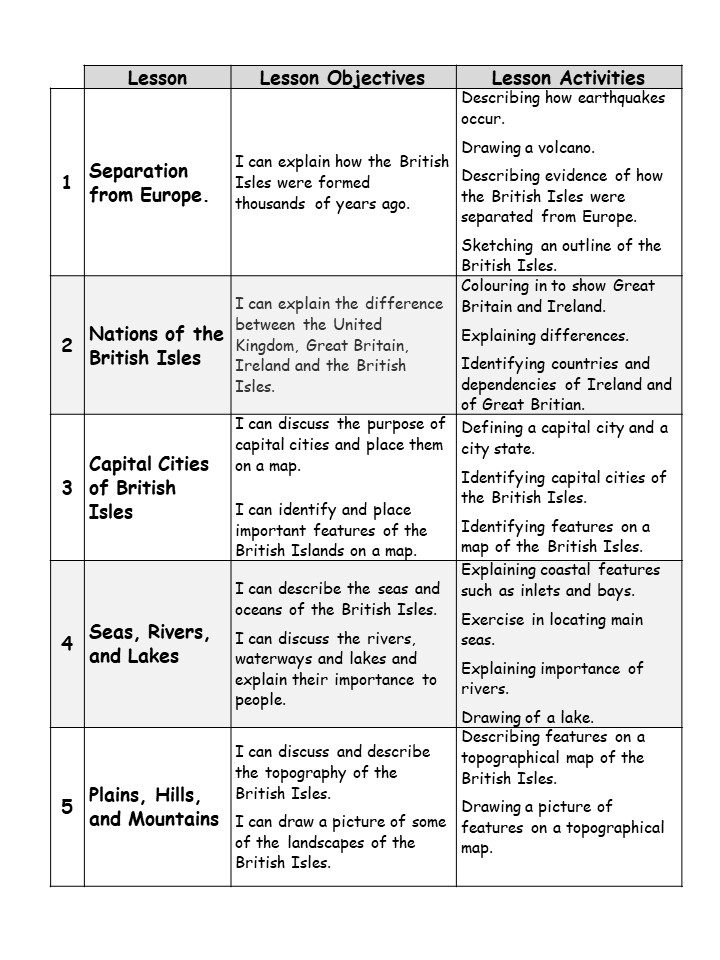
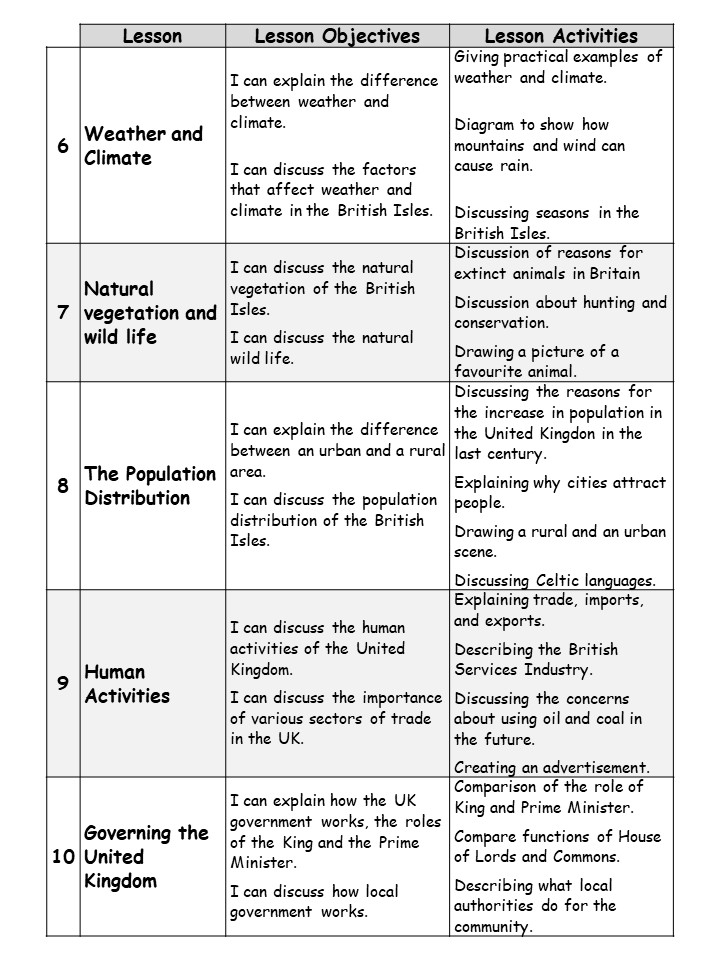
AFRICA
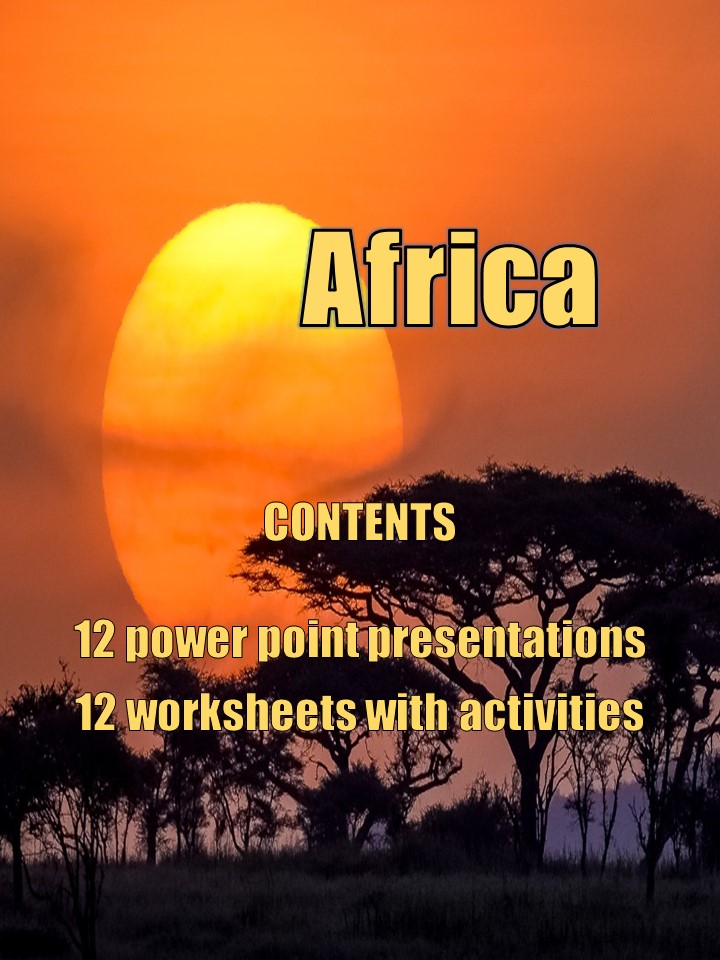
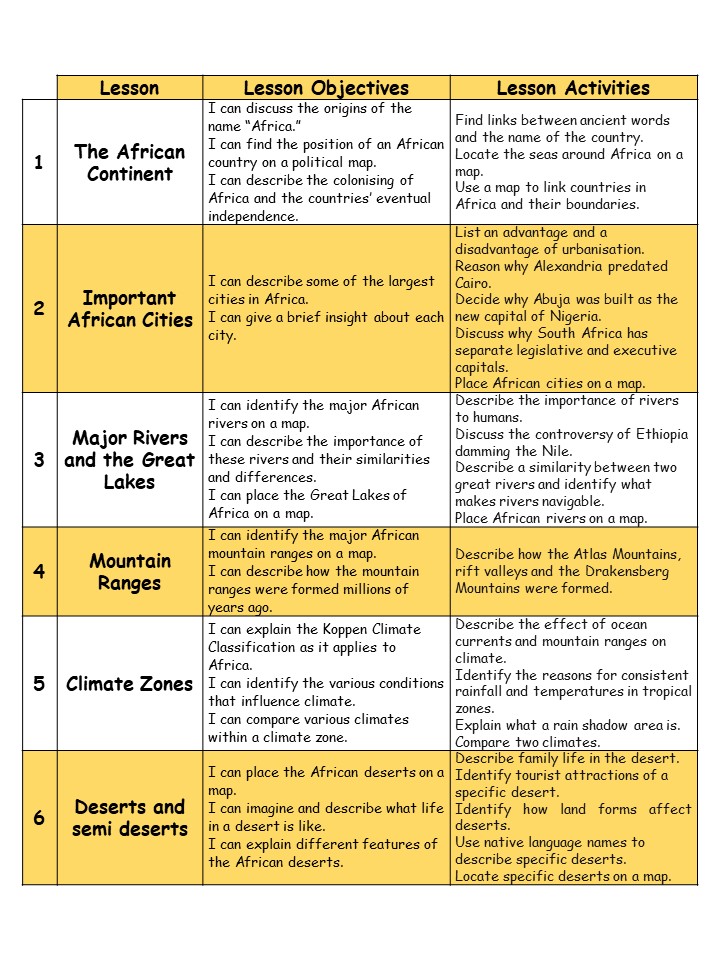
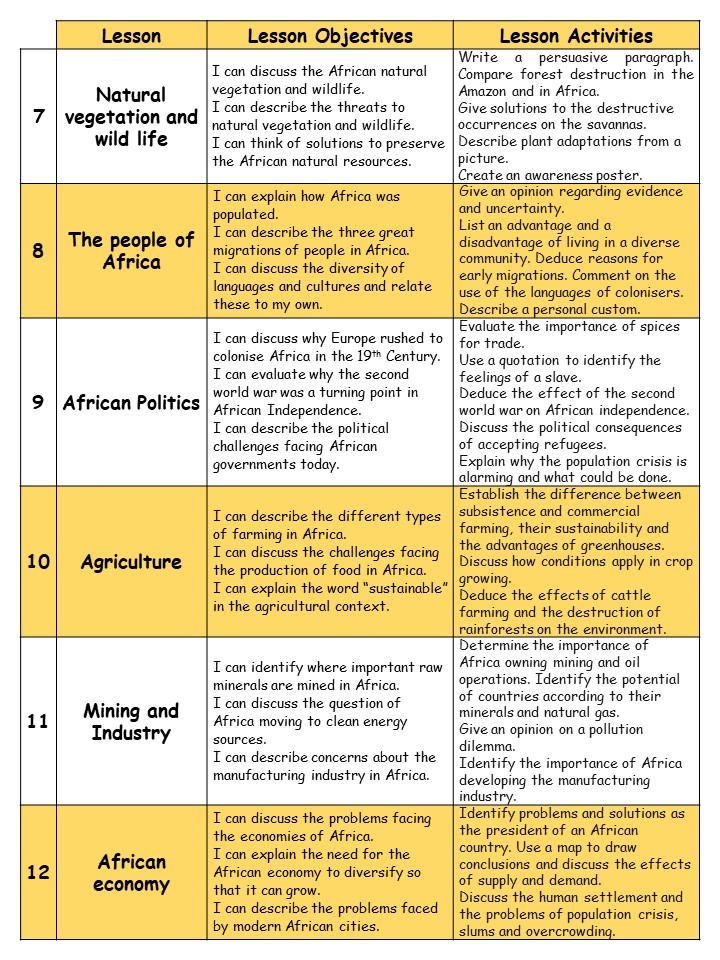
INDIA





HUMAN SETTLEMENTS



RIVERS



NORTH AMERICA





SOUTH AMERICA



EUROPE



WHERE ON EARTH AM I?


CLIMATE ZONES AND THEIR NATURAL VEGETATION



EXTREME EARTH

EXTREME EARTH is a fourteen-lesson unit introducing and illustrating extreme weather phenomenon, the causes and effects.
Topics include:
Earth’s unstable crust
Mountains
Pushing, buckling bending and sliding – Mountain Formation
Earthquakes
Tsunamis
Volcanoes
Geysers and hot springs
Weather and climate
Tornadoes
Hurricanes, Typhoons and Cyclones
Drought
Floods
Earth’s Ice Ages and Extinction Periods
Global Warming and Climate change
The unit includes power point presentations and worksheets for each topic.
WEATHER, CLIMATE and VEGETATION in SOUTH AFRICA
Zoom in on the southern tip of Africa – what is the weather like? What grows naturally in the climate?
Explore through slides and worksheets:
Weather
Precipitation – rain, hail and snow
Determining and describing wind direction
How weather affects the daily lives of people
Rainfall
Rainfall in South Africa
Rainfall patterns
Climate
Difference between weather and climate
Different kinds of climate in South Africa
Climate of own area
Natural Vegetation
Natural vegetation
Links between natural vegetation and climate
Savannah grasslands – a case study
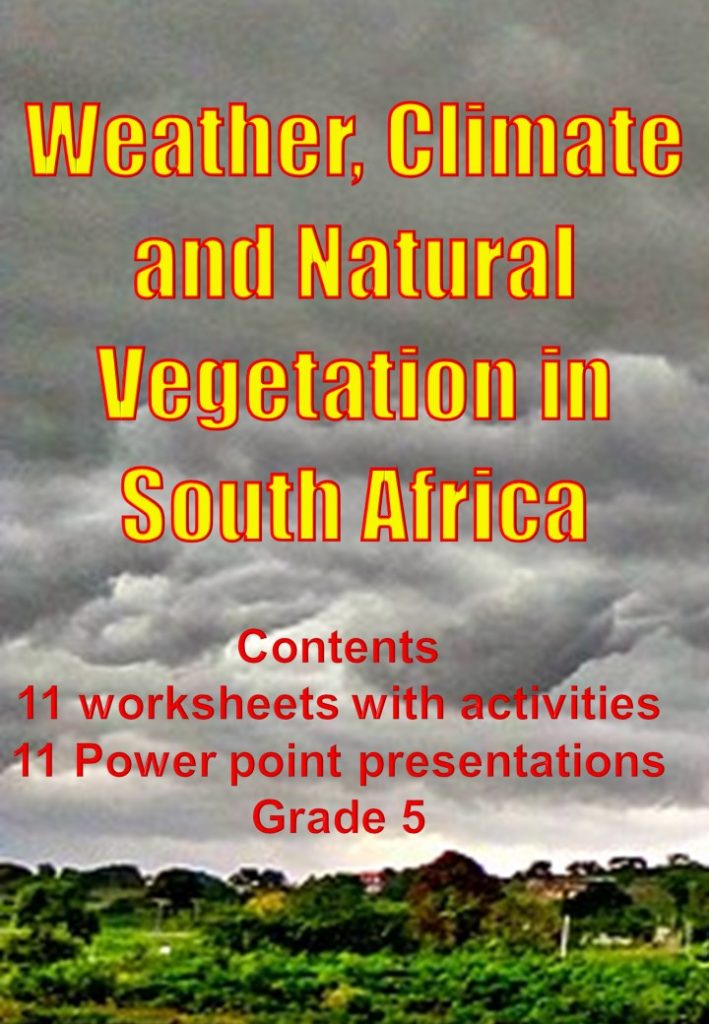
FOOD AND FARMING IN SOUTH AFRICA

Take a look at Food and Farming in South Africa. Is it different from where you live? Are some of the same crops grown?
PEOPLE AND FOOD
Food people eat
Ways people get their food
WAYS OF FARMING
Farming for self and family (subsistence farming)
Farming crops and animals to sell
Growing food in towns and cities
CROP AND STOCK FARMING
Stock farming
A dairy farm – case study of stock farming in South Africa
Location of main crop and stock farming areas in South Africa
Important crops of South Africa
A banana farm – case study of fruit farming in South Africa
UNPROCESSED AND PROCESSED FOODS
Unprocessed and processed foods
How and why foods are processed
From farm to factory to shop to home